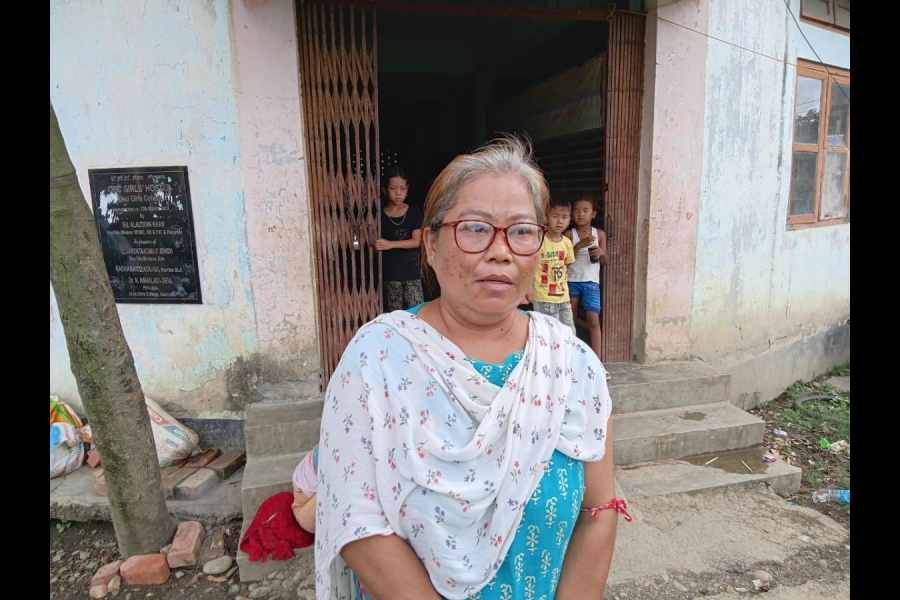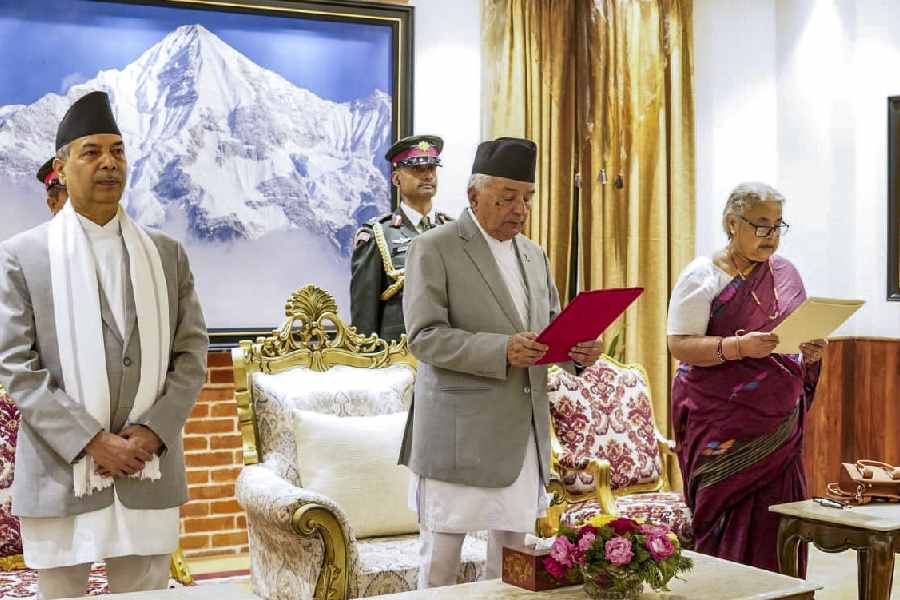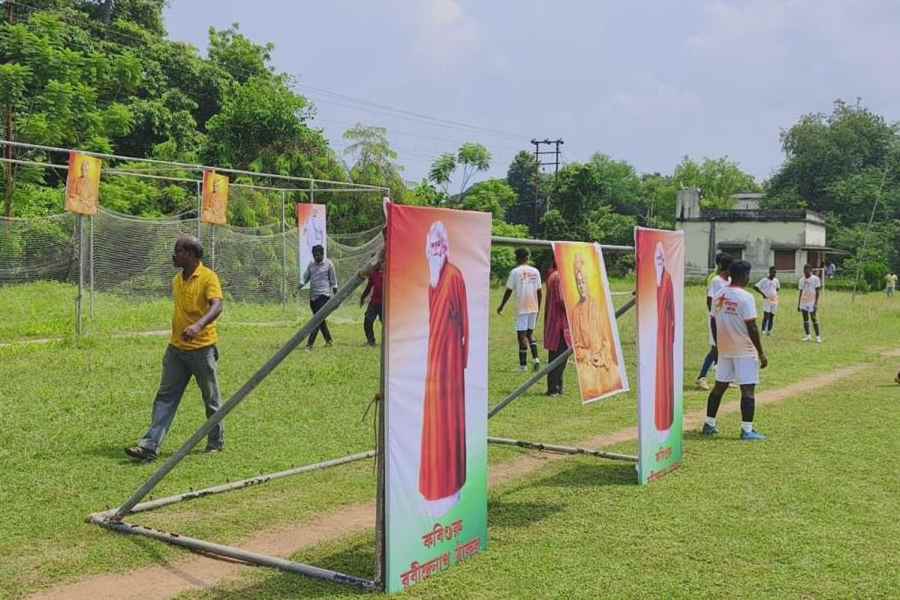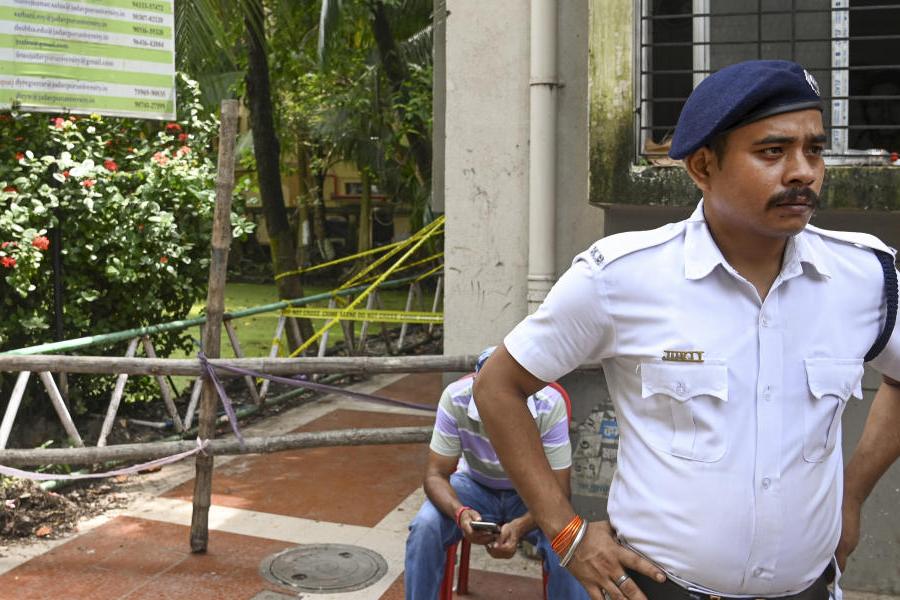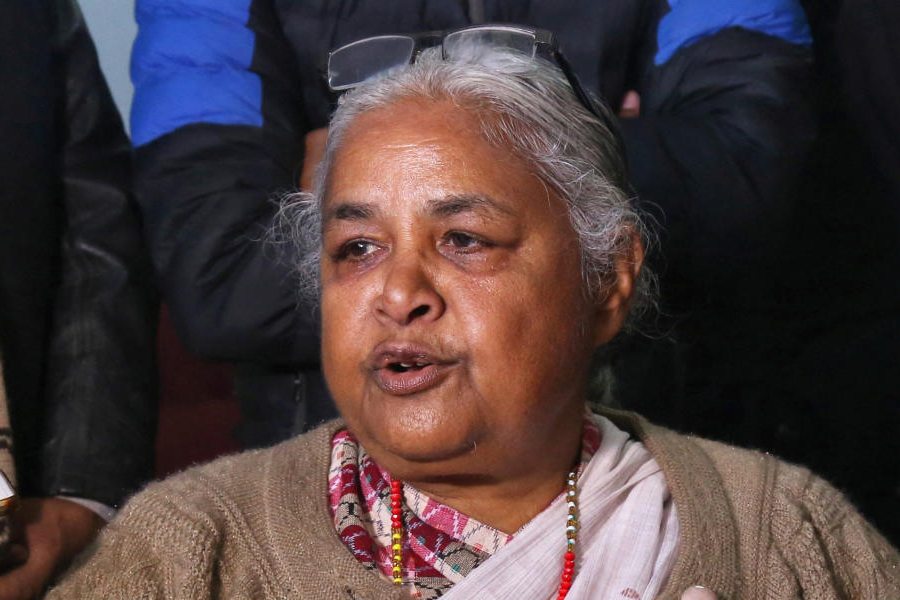Bhubaneswar, Sept. 19: Imagine sipping a cup of tea in a winter morning reclining on an armchair outside your tent. The Mahanadi flows just a few feet away amidst the twitter of birds. After sundown, you could also enjoy a dinner under the stars prepared from organic vegetables harvested from local gardens. If you like the sound of this, you should consider visiting Satkosia.
A two-day trip to Satkosia Gorge Eco-tourism Project on the banks of the Mahanadi made a lasting impression on the minds of V. Subash and his wife Lalita T.S. Away from their busy schedule in Bhubaneswar, the couple have a very pleasant stay near the gorge, especially with the hospitality from the members of the local eco-development committee and forest department people, who manage tourists from October to February.
“Satkosia offers something for all nature lovers. Every tourist can explore the diversity of nature here. The reserve is studded with mountains full of vegetation, creeks, caves and waterfalls. A nature trail or a trek to the nearest waterfall, a lesson or two on the medicinal plants by the locals are other practical treats the sanctuary offers as a bonus,” said Subash.
“Surrounded by wilderness and mountains on all sides, all one can think of here is how wonderful life could be without gadgets — we did not even have a mobile connection there nor was there power supply. The only lights in the place were solar tubes, which get charged during the day and lit after darkness falls. The cozy tents offer the much-needed comfort and there are good toilet facilities. At times, the silence was scary, but it was intermittently broken by the cries of animals and songs played by villagers in about five kilometres away. It’s a true retreat for those who love to stay away far from the madding crowd,” he said.
“The local people are quite friendly. Our tour guide Raju and the sun-kissed sand welcomed us to the shore around 5am where a boat was ready to take us on a trip through the length of the gorge. The trip on the shore of Satkosia was just amazing and left us craving for more,” they said.
 |
A senior forest official said: “A unique gorge ecosystem of Orissa, Satkosia, got its name from “sat” (seven) and kosh (two miles), which equals 14 miles or a 21km gorge through which the river Mahanadi flows. According to the eco-geographic position, the sanctuary is guarded by Gadjat hills on the north and Eastern Ghats on the south. This region is also the meeting point of the Chhotnagpur plateau and the Eastern Ghats biotic province. It forms the link between the forest species of central and south India.”
“Earlier known as Satkosia Gorge Sanctuary, the area has been renamed Satkosia Tiger Reserve with an area of 963.87 sq km while tourism is permitted only across 269 sq km. The length of the road for tourists is 58km and the tourist season starts in October and ends in February. The vegetation found here is northern tropical deciduous and moist peninsular land types,” he said.
Besides relaxing at the tents on the bank of the Mahanadi, if one wants to explore the wild side of the Satkosia Tiger Reserve, then Baghmunda is the ideal place to locate tigers. There are three traditional elephant corridors (passage routes) through which the pachyderms move from one place to another. These are the Satkosia-Khalasuni corridor, the Athamallik-Chhendipada-Telkoi corridor and the Kapilas-Rebena corridor. However, elephants are mainly seen at Raigoda, Nandininala, Hatigirija, Tulka, Labangi and Majhipada.
“The natural forest ecology in Satkosia shows a healthy trend with the arboreal mammalian species like the giant squirrel (Ratufa indica) seen in good numbers throughout the area. The mammalian type is an indicator species and it proves that the wildlife in the reserve forest is not affected by biotic pressure,” he added.
Satkosia gorge is also famous for the presence of the highly endangered gharial (Gavialis gangeticus). To save the small population of these reptiles, a Gharial Research and Conservation Centre was established at Tikarpada in 1975. Tourists may also encounter mugger crocodiles on the riverbank while staying in the tents. The forest department also provides boating facilities and elephant rides for tourists inside the sanctuary. Both vegetarian and non-vegetarian food is available at the tented accommodation near Tikarpada.
Satkosia can be reached either from Angul or from the Athagarh side. The entry point from Athagarh is managed by the Orissa Tourism Development Corporation (OTDC). “A tourist interpretation centre is coming up near Baliput along with accommodation facilities. At Baliput, there are 42 country boats to ferry tourists to the other side (towards Angul end),” said OTDC marketing manager Alok Mishra.
“The Baliput or Kamaladiha end of Satkosia from Athagarh has other activities such as a nature trail in Baigani hills with a 2km route. One can also take the river route to explore nature. There is another trekking route from Baliput to Tikarpada (13km), apart from a motorable road and tourists could come across sambar and elephants during the trek. While the journey from Baliput to Tikarpada (upstream) takes around three hours in a country boat, the downstream journey takes less than 1.5 hours,” he added.


